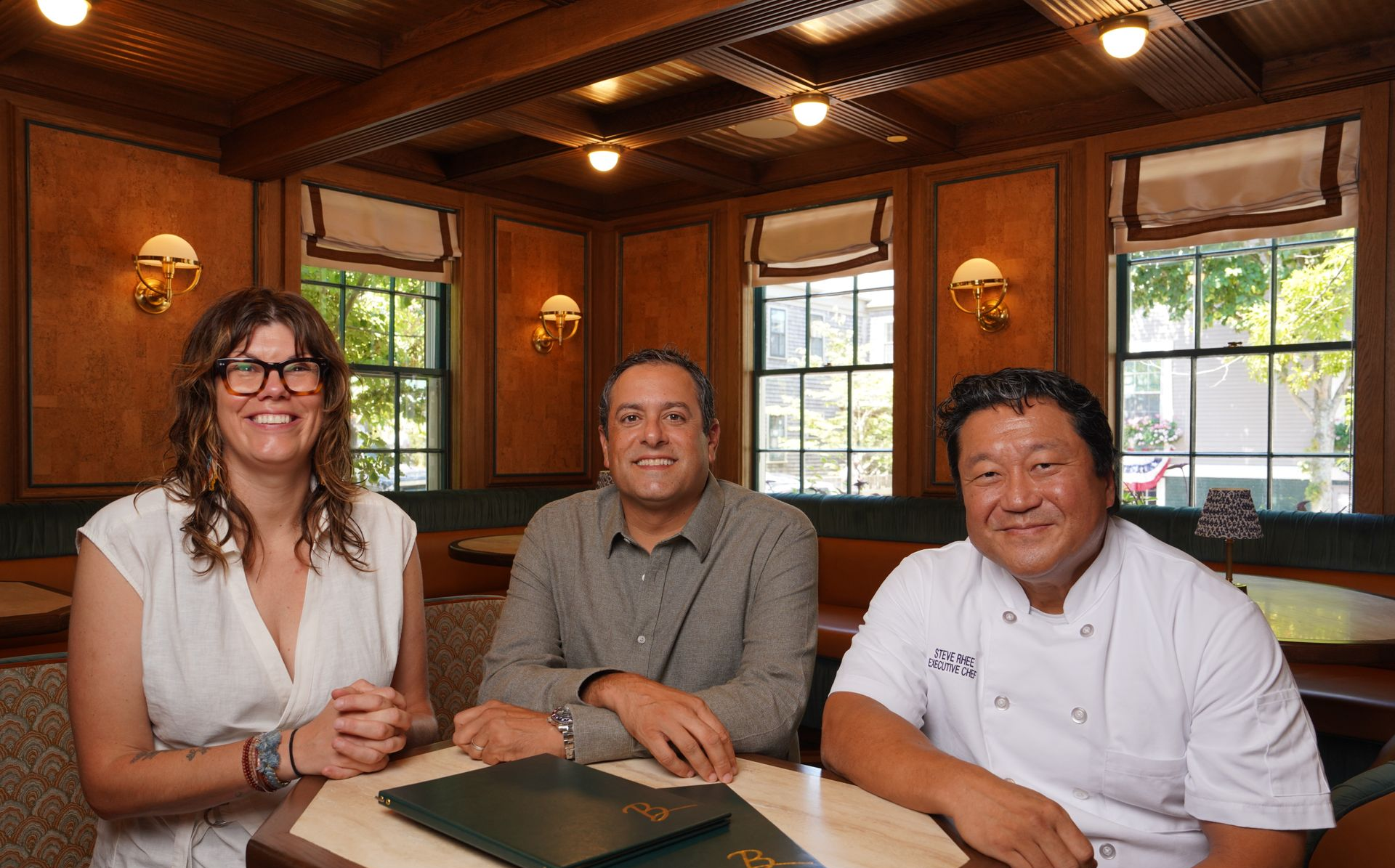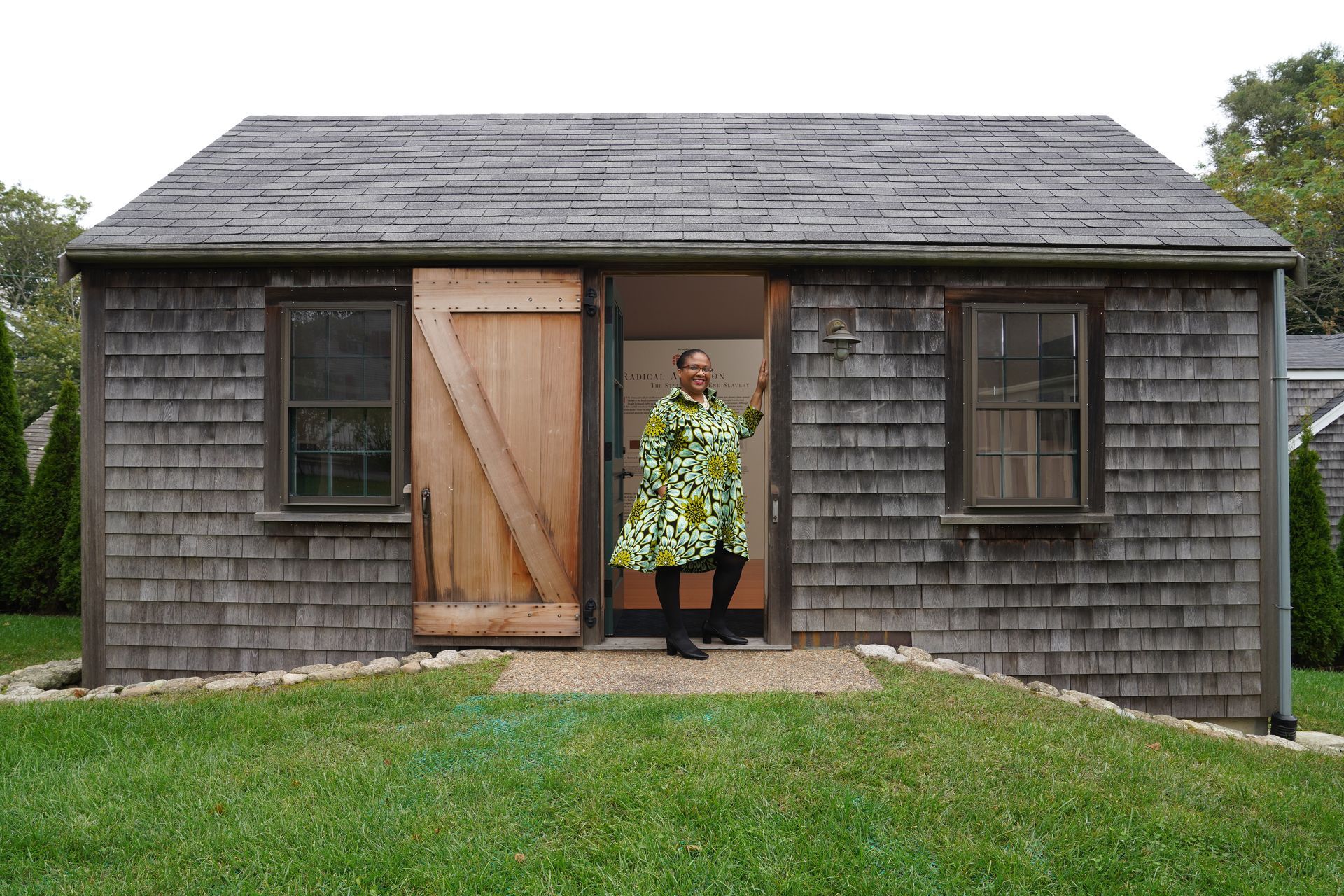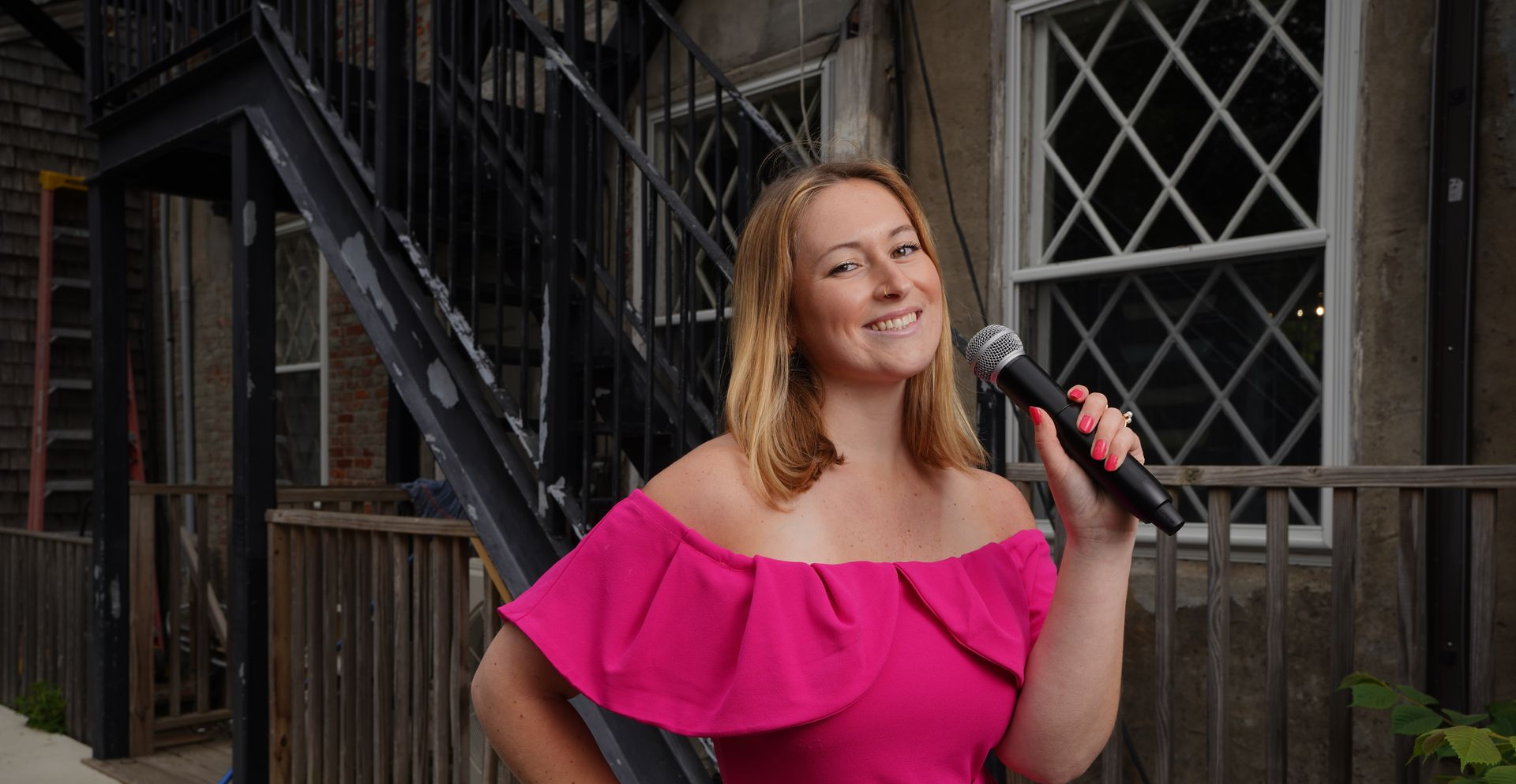MINDING THE KIDS
Family counselor Athalyn Sweeney discusses how to support children’s mental health.
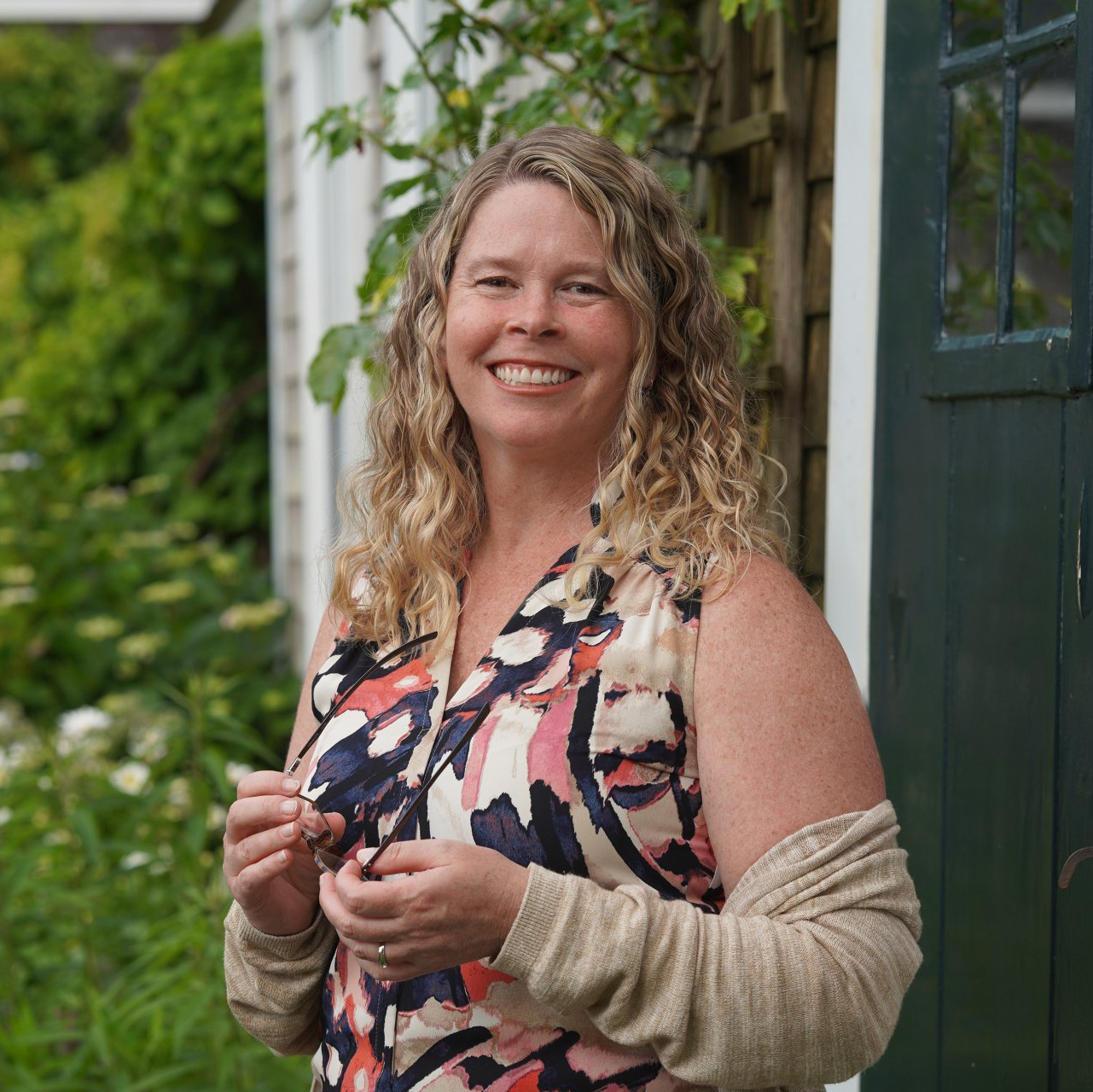
How has the pandemic impacted our young people’s mental health?
According to the Journal of the American Medical Association, rates of depression and anxiety have doubled in youth since the pandemic. One of the characteristics of anxiety is the brain’ s desire to fill in the blanks where the brain does not have answers. The pandemic offered a smorgasbord of scary questions without answers. Rates of anxiety in youth following the pandemic are at an all-time high. On June 25, 2022, the Bipartisan Safer Communities Act was signed into law and comes with $11 billion for mental health services, including increased funding for the Medicaid Certified Community Behavioral Health Clinic program and for school-based mental health programs, and investments in pediatric mental health care services.
How do you recommend parents speak to their children about topics like depression and anxiety?
Talking about your youth’s mental health needs to be an ongoing conversation, even when it’s healthy. Tell your children when you see them making good healthy decisions for their own mental health. At times, share with them how you pay attention to your own mental health. We all have our daily rituals of self-care. Invite them to join you when appropriate (if you're trying to get quiet time, it might not be appropriate)—for example, exercise, meditating, getting quiet time, or playing with your animals. These are all things that help relieve stress and boost happy chemicals.
What should you do if you’re concerned about your child’s mental health?
If you are concerned about their mental health, start with a small conversation about what you are noticing that is causing concern. Crucial to this conversation is that you approach them in a way so they don’t think they are in trouble. For instance, “I’ve noticed your grades have been dropping for the last month. I want you to know I am more worried about what might be going on with you than your grades. I’m here to help if something is going on.” Then just listen. There is a good chance they may shrug and say “Nothing is wrong.” Give it some time and see if they circle back around to you. If they don’t, touch base with them again. Should you feel things have already escalated to a point past just having a conversation because you are very worried, reach out to a therapist to share what you are observing in your child and get help from the therapist to create the right intervention plan. If it is after-hours, never hesitate to contact the police or the hospital to get immediate care in the case of an emergency situation.
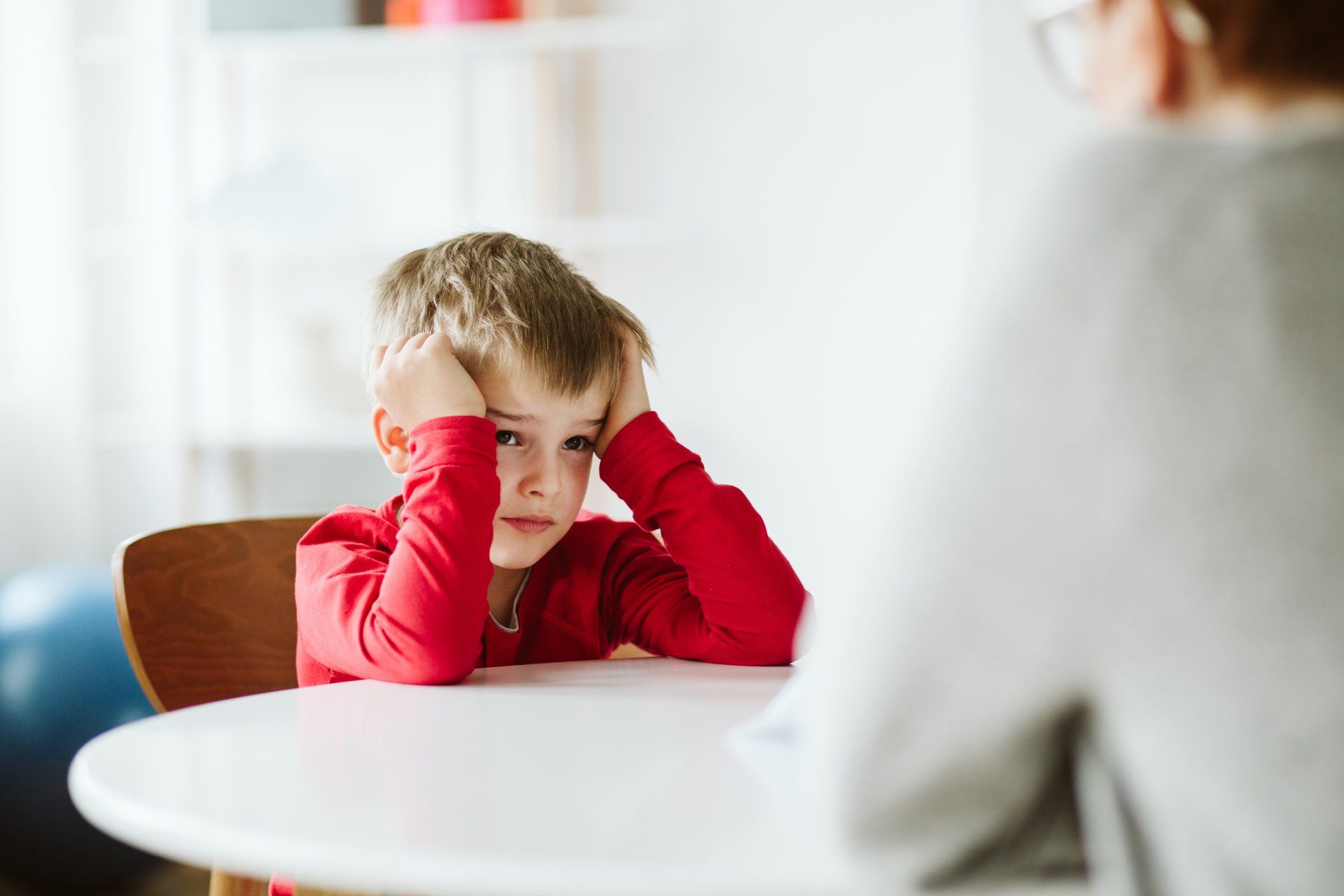
How should parents address the horrifying episodes of gun violence we’re seeing in the United States?
There are so many ways in which to approach this for different ages of children. The children at the age where parents are managing what they see in the media are less impacted by this. However, if they are school-aged, they are doing active shooter drills at school. Therefore, they are somewhat aware. The rule of thumb for younger children is to answer what they ask you as simply as possible and don’t elaborate. Remind them they are safe and that their teachers at school are looking out for them. Middle schoolers and high schoolers have access to all the information. They are seeing footage of real situations and are afraid that this could happen in their school. Schools are doing drills and talking about what to do in the case of an active shooter. Recent events have ignited a conversation about taking another look at how active shooter response is handled.

